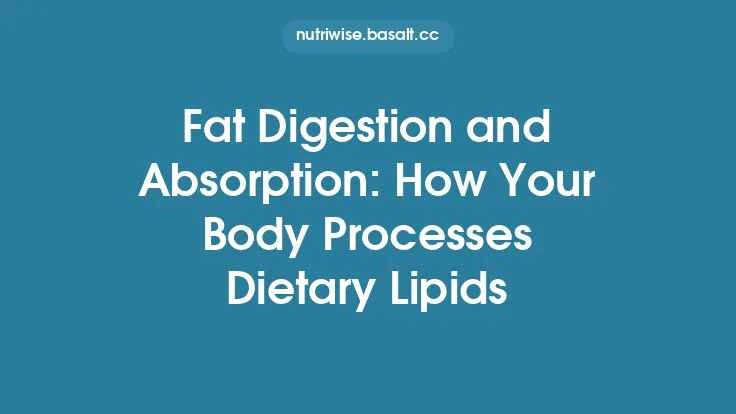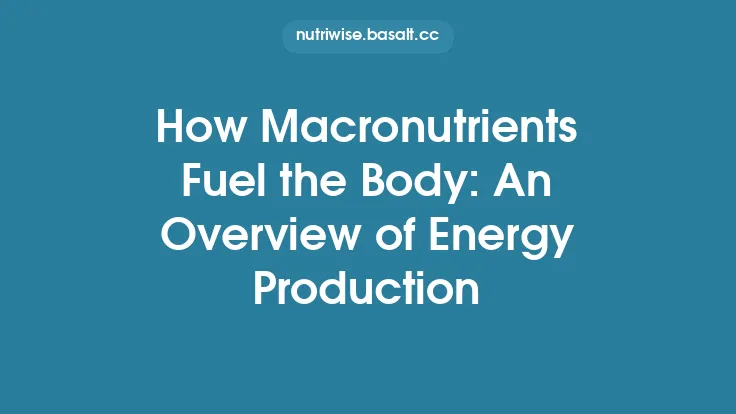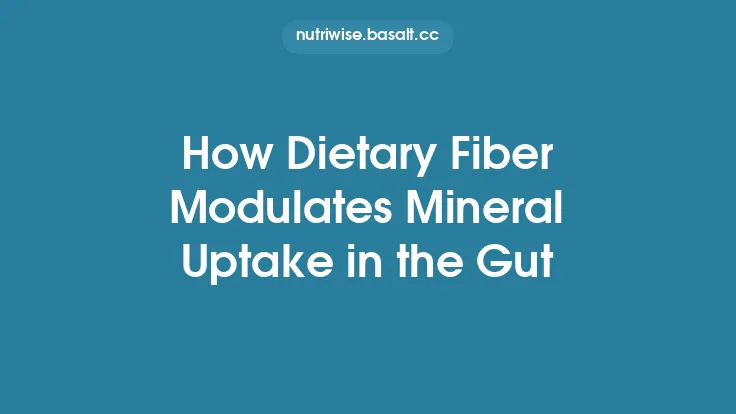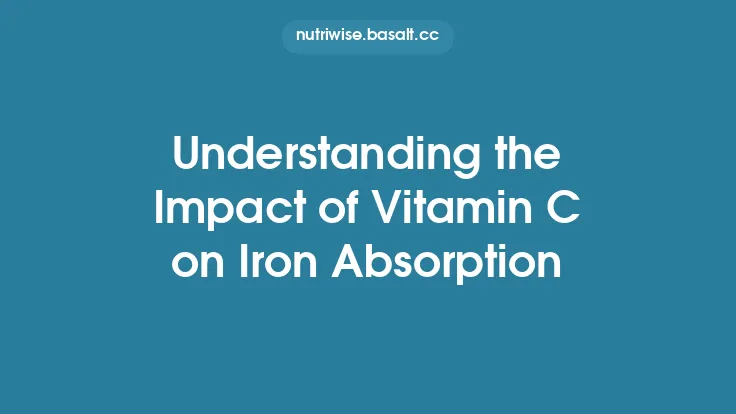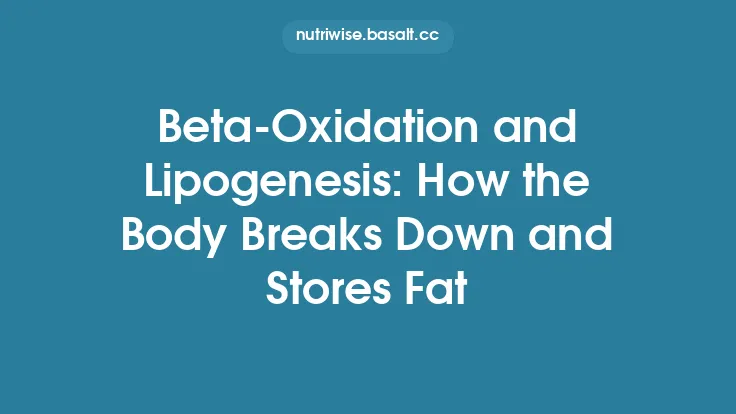Iron is an essential micronutrient that participates in a multitude of biochemical processes, from oxygen transport to DNA synthesis. Yet, the body’s ability to harness iron from the diet is a finely tuned sequence of events that balances intake with demand, preventing both deficiency and overload. Understanding how dietary iron is processed—from the moment it enters the mouth to its final storage within cells—provides a solid foundation for appreciating the broader context of iron metabolism and its role in preventing anemia.
The Journey of Iron Through the Gastrointestinal Tract
When iron‑containing food reaches the stomach, the acidic environment (pH ≈ 1.5–3.5) serves two crucial purposes. First, it solubilizes ferric iron (Fe³⁺), converting it into a more readily absorbable form. Second, gastric acid helps release iron from protein matrices, making it accessible to intestinal transporters. As the chyme moves into the duodenum, the pH rises, and the luminal environment becomes optimal for the activity of specific iron transport proteins.
In the proximal small intestine, the majority of dietary iron is absorbed. The duodenal enterocytes act as the primary gatekeepers, equipped with a suite of transporters that recognize and shuttle iron across the apical membrane, through the cytosol, and finally out of the cell into the bloodstream.
Molecular Gatekeepers: Transport Proteins Involved in Absorption
1. Divalent Metal Transporter‑1 (DMT1)
DMT1, also known as Nramp2, is the principal apical transporter for ferrous iron (Fe²⁺). It operates as a proton‑coupled symporter, exploiting the electrochemical gradient generated by the Na⁺/H⁺ exchanger to move Fe²⁺ into the enterocyte. DMT1 expression is up‑regulated when systemic iron stores are low, ensuring that the intestine can increase uptake during periods of demand.
2. Duodenal Cytochrome b (Dcytb)
Before DMT1 can act, ferric iron (Fe³⁺) must be reduced to the ferrous state. Dcytb, a ferric reductase located on the apical membrane, catalyzes this conversion using electrons derived from NADPH. The activity of Dcytb is a rate‑limiting step; any impairment can markedly diminish overall iron absorption.
3. Ferroportin (FPN)
Once inside the enterocyte, iron can be stored temporarily in ferritin or exported across the basolateral membrane via ferroportin, the sole known iron exporter in mammals. Ferroportin functions as a channel that releases Fe²⁺ into the interstitial space, where it is promptly oxidized back to Fe³⁺ by the multicopper oxidase hephaestin (in the intestine) or ceruloplasmin (in other tissues).
4. Hephaestin
Hephaestin couples the export of Fe²⁺ with its oxidation to Fe³⁺, a necessary step for binding to transferrin in the plasma. Mutations in the hephaestin gene lead to iron‑loading anemia, underscoring its pivotal role in the absorption cascade.
The Central Role of Hepcidin in Iron Homeostasis
Hepcidin, a 25‑amino‑acid peptide hormone synthesized primarily by hepatocytes, is the master regulator of systemic iron balance. It exerts its effect by binding to ferroportin, triggering internalization and lysosomal degradation of the transporter. When hepcidin levels are high—such as after an inflammatory stimulus or iron overload—ferroportin is removed from the cell surface, effectively “closing the gate” on iron export from enterocytes, macrophages, and hepatocytes.
Conversely, low hepcidin concentrations, often seen in iron deficiency or increased erythropoietic activity, permit ferroportin to remain on the membrane, facilitating iron release into circulation. The hepcidin‑ferroportin axis thus creates a feedback loop that aligns dietary absorption with the body’s current iron requirements.
From Blood to Cells: Distribution and Cellular Uptake
Once iron exits the enterocyte, it encounters plasma transferrin, a high‑affinity iron‑binding glycoprotein that transports two Fe³⁺ atoms per molecule. Transferrin circulates throughout the body, delivering iron to cells expressing transferrin receptors (TfR1 and TfR2). The binding of diferric transferrin to TfR1 initiates clathrin‑mediated endocytosis, forming an endosome in which the acidic pH (≈ 5.5) promotes iron release from transferrin.
Inside the endosome, ferric iron is reduced to Fe²⁺ by the STEAP (six‑transmembrane epithelial antigen of the prostate) family of reductases. The liberated Fe²⁺ is then transported across the endosomal membrane into the cytosol via DMT1. Cytosolic iron can be directed toward three primary fates:
- Incorporation into Heme and Iron‑Sulfur Clusters – Essential for hemoglobin synthesis, cytochromes, and numerous enzymatic reactions.
- Storage in Ferritin – A spherical protein complex capable of sequestering up to 4,500 iron atoms in a bio‑available, non‑reactive form.
- Export via Ferroportin – For cells such as macrophages that recycle iron from senescent erythrocytes.
Storage Mechanisms: Ferritin and Hemosiderin
Ferritin is the principal intracellular iron storage protein. Its shell is composed of 24 subunits (heavy and light chains) that together create a cavity where iron is mineralized as ferric oxyhydroxide. The heavy chain possesses ferroxidase activity, converting Fe²⁺ to Fe³⁺ for safe deposition. Ferritin turnover is rapid, allowing the cell to mobilize stored iron when needed.
When iron overload persists, excess ferric iron can aggregate into hemosiderin, an insoluble, loosely organized complex of ferritin, denatured proteins, and lipids. Hemosiderin is less readily mobilized, serving as a long‑term repository that can be reclaimed only under conditions of severe deficiency.
Regulatory Feedback Loops and Hormonal Control
Beyond hepcidin, several additional signals fine‑tune iron metabolism:
- Erythropoietic Drive – Increased production of red blood cells stimulates erythroferrone, a hormone secreted by erythroblasts that suppresses hepatic hepcidin synthesis, thereby enhancing iron availability for hemoglobin synthesis.
- Inflammatory Cytokines – Interleukin‑6 (IL‑6) up‑regulates hepcidin transcription via the JAK‑STAT pathway, contributing to the anemia of chronic disease by limiting iron export.
- Hypoxia‑Inducible Factors (HIFs) – Low oxygen tension stabilizes HIF‑2α, which promotes transcription of DMT1, Dcytb, and ferroportin, collectively boosting intestinal iron absorption under hypoxic conditions.
- Iron‑Responsive Elements (IREs) and Iron‑Regulatory Proteins (IRPs) – Post‑transcriptional regulators that bind to IRE sequences in the untranslated regions of mRNAs encoding ferritin, TfR1, and other iron‑related proteins. When intracellular iron is scarce, IRPs bind IREs, stabilizing TfR1 mRNA (enhancing uptake) and inhibiting ferritin translation (reducing storage). The opposite occurs when iron is abundant.
These multilayered controls ensure that iron fluxes are matched to physiological demands while preventing toxic accumulation.
Clinical Relevance: When Absorption Goes Awry
Disruptions in any component of the absorption pathway can manifest as clinically significant disorders:
- Hereditary Iron‑Deficiency Anemia (HIDA) – Mutations in DMT1 or Dcytb reduce intestinal uptake, leading to chronic deficiency despite adequate dietary intake.
- Hereditary Hemochromatosis – Loss‑of‑function mutations in the HFE gene, hemojuvelin, or ferroportin impair hepcidin regulation, causing unchecked iron absorption and progressive organ deposition.
- Anemia of Chronic Disease – Persistent inflammation elevates hepcidin, trapping iron within macrophages and limiting its availability for erythropoiesis.
- Iron‑Refractory Iron Deficiency Anemia (IRIDA) – Mutations in TMPRSS6 (matriptase‑2) cause inappropriately high hepcidin levels, rendering oral iron supplementation ineffective.
Understanding the molecular basis of these conditions guides therapeutic strategies, such as the use of hepcidin antagonists, ferroportin stabilizers, or targeted iron chelation.
Key Takeaways
- Iron absorption is a coordinated process that begins with gastric acid‑mediated solubilization, proceeds through reduction and transport across the duodenal enterocyte, and culminates in export via ferroportin.
- DMT1, Dcytb, ferroportin, and hephaestin constitute the core transport machinery, each regulated by systemic iron status.
- Hepcidin serves as the central hormonal brake, modulating ferroportin availability and thereby aligning absorption with physiological need.
- Once in the bloodstream, transferrin delivers iron to cells, where it is either utilized, stored in ferritin, or, in excess, sequestered as hemosiderin.
- A network of feedback mechanisms—including erythroferrone, inflammatory cytokines, hypoxia‑inducible factors, and the IRE/IRP system—ensures tight homeostatic control.
- Genetic and acquired disturbances of any step in this pathway can lead to iron‑related disorders, highlighting the clinical importance of a nuanced understanding of iron absorption.
By appreciating the intricate choreography of iron handling—from the gut lumen to intracellular storage—readers gain a deeper insight into how the body maintains iron balance, a cornerstone of effective anemia prevention and overall health.
